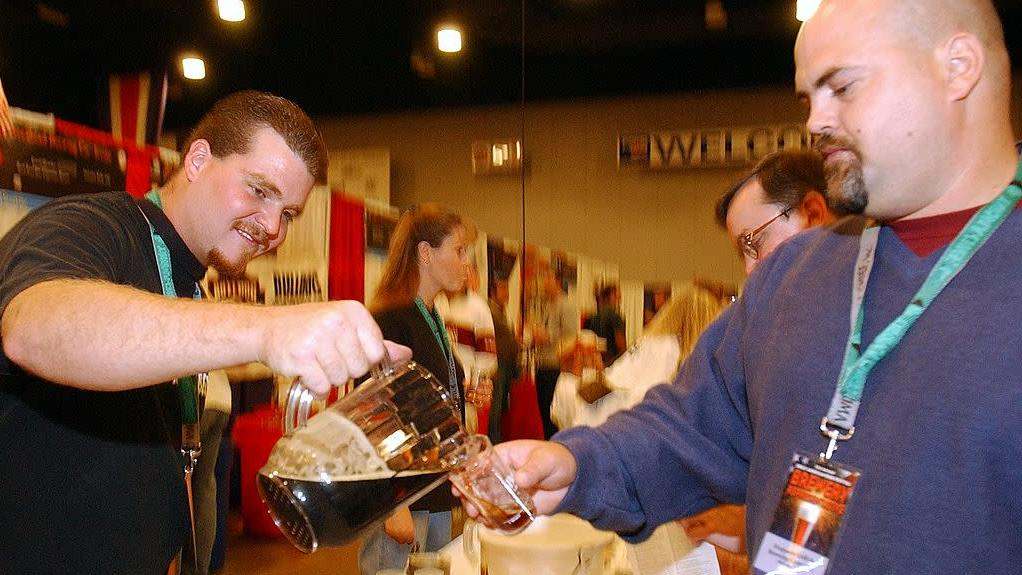What Does A Virtual Great American Beer Festival Even Look Like?
While the U.S. is slowly starting to think about what it will mean to reopen businesses, major questions persist about the safety and feasibility of hosting large events. This seems to be particularly true of festivals centered around food, beer, and wine, where close contact between attendees is unavoidable and people will gradually (if not rapidly) become less inhibited as they relax. It's challenges like these that have led the Great American Beer Festival (GABF) to announce their 2020 bacchanal will be transitioning to an entirely digital format.
Originally scheduled for September 24-26 at the Colorado Convention Center in Denver, this year's festival will be an "immersive online experience" occurring on October 16-17. What this will actually look like, though, is unclear. According to a representative for GABF, details for the "complete virtual festival" will be released on August 1, and given the lack of additional information it's unclear if the organizers themselves have yet determined exactly how they're going to execute a festival whose fun inherently hinges on people actually drinking the beers being judged and discussed.
One possibility is that GABF organizers could look to the beer-ranking app and community Untappd, which is in the process of executing its own online beer festival on June 13-14. While Untappd's $15 ticket gets participants digital admission to two BYOB brewmaster-run panels and a donation benefiting the Restaurant Strong Fund, the now sold-out $90 option ships you "a case of 11 hand selected beers for 2-3 people to sample in the comfort of their own home," virtual passes to that same panel, a couple of merch-related bonuses, and the same donation.
There are, of course, logistical problems with even solutions like this. Not every state allows alcohol to be shipped and delivered, and the sheer volume of beer required to be shipped around the country would be astronomical. Factor in lost or damaged packages, spoilage, shipping delays, and any number of other challenges and you've got a massive undertaking on your hands.
On the other hand, transitioning to a digital festival might not be that bad. While events like the GABF are beloved and important for fans and the industry alike, they are inherently designed for people who can afford to buy plane tickets and hotel rooms, get time off work, and spend a bunch of money on admission, food, and drink. A travel-free festival might be a radically different experience, but it's also inarguably more accessible, assuming it's possible for attendees to actually get beer delivered to them. And once things eventually return to whatever our best approximation of pre-pandemic life might be, the festival will almost certainly revert back to its original format.
Until then, keep an eye out for news released via the Brewers Association Twitter handle, and support your local breweries as much as you can.
